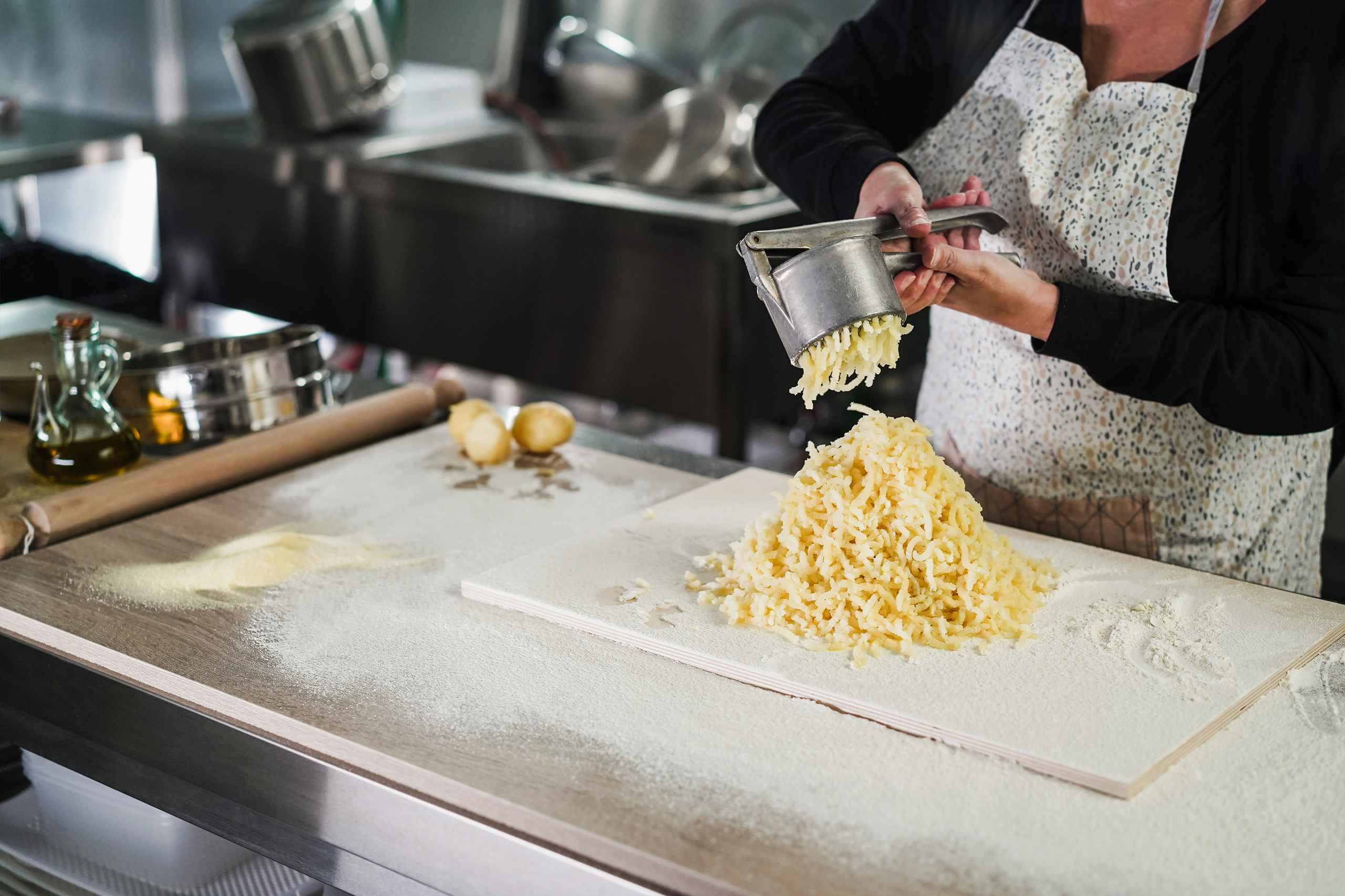Monday to Saturday - 8:00 -17:30

Making pasta isn’t just about mixing ingredients — it’s about shaping your dough into something special. Each shape has its own story, technique, and ideal sauce pairing. Learning these techniques will expand your pasta repertoire and deepen your appreciation for this ancient craft.
Rolling and Cutting: The Classic Approach
One of the most familiar pasta-making methods is rolling out the dough into thin sheets and cutting it into shapes. This technique creates versatile forms like tagliatelle, fettuccine, and pappardelle.
- Use a rolling pin or pasta machine to achieve an even thickness.
- Cut strips by hand or with a pasta cutter.
- These long ribbons are perfect for rich meat sauces or creamy blends.
The key here is consistent thickness for even cooking — practice makes perfect!
Filling and Folding: Crafting Stuffed Pasta
Filled pasta like ravioli, tortellini, and agnolotti takes your skills to the next level. It requires rolling dough thin enough to fold without tearing, then sealing around a delicious filling.
- Keep edges moist to ensure a good seal.
- Experiment with savory fillings like ricotta and spinach or sweet ones like pumpkin with sage.
- These bite-sized bundles make meals feel like a celebration.
It’s a beautiful blend of precision and creativity.
Hand-Shaping: The Art of Rustic Pasta
Many traditional pastas are shaped entirely by hand, often without cutters or molds. This includes:
- Orecchiette — small “ears” pressed with your thumb.
- Cavatelli — rolled and pressed pieces resembling tiny shells.
- Trofie — twisted shapes rolled between your palms.
Hand-shaping creates imperfect, charming pasta with a texture that holds sauce beautifully. It’s meditative and rewarding.
Extrusion: Using Tools for Unique Shapes
Some pasta shapes, like macaroni, penne, and bigoli, are made by pushing dough through molds or extruders.
- While traditionally done with bronze dies, home cooks can use small pasta extruders or special attachments for stand mixers.
- Extruded pasta often has ridged surfaces to better catch sauces.
This method opens the door to diverse pasta shapes beyond simple ribbons and pockets.
Tips for Success
- Keep your dough covered to prevent drying out.
- Work quickly but gently when shaping fresh pasta.
- Don’t worry about perfect symmetry — rustic charm counts!
- Practice different shapes to find your favorites.
Bring Your Pasta to Life
At Pasta Making Academy, we teach all these shaping techniques step-by-step, with detailed guidance and helpful tips. Whether you want to master delicate filled pasta or hand-shaped classics, we’re here to support your journey.
Pasta making is an art — and every shape you create is a work of love.
